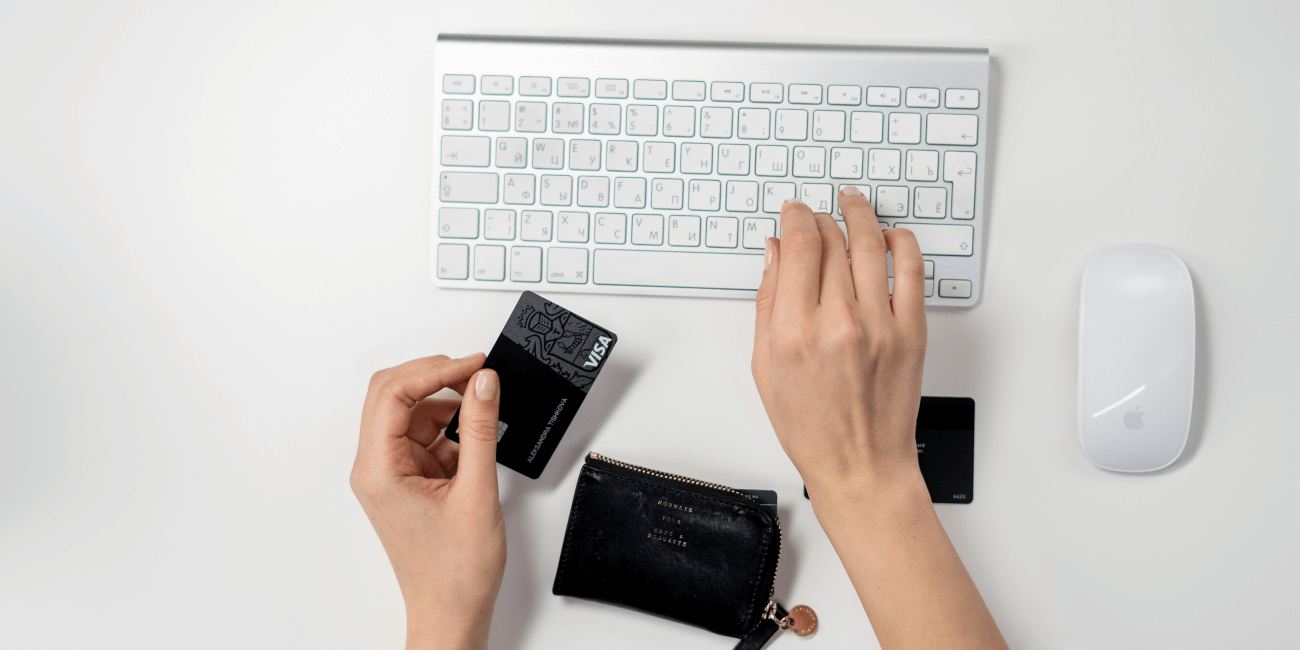
Your payment processor told you that if you have a “high-risk merchant account,” your business is more likely to be a victim of fraud or chargebacks. Because they are taking on more risk, payment processors have to charge more for high-risk merchant accounts. This article tells you why a merchant account might be called “high risk” and what that means for your business.
How does having a “High-Risk Merchant Account” work?
A payment processor will call a merchant account “high-risk” if they think that your business account is more likely to be charged back, used for fraud, or have a lot of returns. This could be the case for a number of reasons, such as if you are a new merchant who has never processed payments before or if your industry is considered high risk and has a high chance of fraud (for example, selling controversial products). High-risk merchant accounts have to pay more to process transactions because of this risk.
When there is a lot of risk, costs go up.
Credit cards can be processed in different ways, but high-risk merchant accounts will always have to pay more. Processing fees are usually higher for all transactions and can be more than double what they are for low-risk merchant accounts. When a customer disputes a charge directly with their credit card company, both high-risk and low-risk merchants have to pay chargeback fees. But merchants with a high risk of chargebacks often have to pay more.
A high-risk merchant may have to sign a contract with longer terms, a fee for breaking the contract early, or a monthly or annual fee. High-risk merchant accounts may also be subject to a rolling reserve, in which the payment processor holds a certain amount of your earnings until it can confirm that none of your transactions were fraudulent or at risk of being charged back.
Why a seller may be thought of as high-risk
A payment processing platform could label you as high-risk for a number of reasons. Some may seem easy to understand, but others are trickier. Each provider has a different list of requirements for high-risk merchant accounts, but in general, the following are likely to be considered high-risk:
A lot of deals were made. If a merchant does a lot of transactions or has a high average number of transactions per day, they may be considered high-risk. A merchant may be considered high-risk if they get more than $20,000 in payments each month or if their average transaction is $500 or more.
Getting money from people outside the country. If a business sells to customers in countries where fraud is common, they may be seen as high-risk (any country except the U.S., Canada, Japan, Australia or the countries in Europe).
New entrepreneur. If a merchant has never processed payments or has only done a few transactions, they may be seen as high-risk because they don’t have a track record.
High-risk work. Even if a merchant has never done anything wrong, they may be called “high-risk” because fraud, returns, or chargebacks are more likely in their industry. For instance, companies that sell subscriptions are seen as high risk because many people sign up for a free trial and then forget to stop paying. When they get their bills and see the charges they forgot about, they usually charge the money back.
Poor credit rating. If the merchant’s credit score is low, their business might be seen as high-risk.
Businesses that people think are dangerous
It’s helpful to know ahead of time if your industry is considered high-risk so you can make plans accordingly. Some examples of companies in this group are:
- Adult industry
- Airlines, cruises, and trip planners are all types of travel services.
- Stores that sell furniture and electronics
- Gambling Online dating
- E-commerce
- Multilevel Marketing (MLM)
- There are vape shops, e-cigarettes, and CBD oil.
- Companies and services that want to keep charging customers
Getting rid of debts
Choosing between low-risk and high-risk merchant accounts
When looking for a low-risk merchant, a payment processor looks for a few general things. Most of the time, low-risk merchants always have:
- Less than $20,000 worth of business is done each month.
- Average transactions under $500
- Doing business in a country that is called “low risk” (the U.S., Canada, Japan, Australia, and the countries in Europe)
One dollar. - There are almost no returns or chargebacks if any at all.
- Businesses that have been judged to be low-risk
Remember that the level of risk in your business can change as it grows. For instance, if your business grows quickly, your provider may start to see it as high-risk. Or, if you start working in a different country or industry, a payment processor might think that your level of risk has changed. If this happens, your payment processor may change your status or drop you as a client if they don’t work with high-risk merchants. If this happens, you’ll have to find a different way to handle payments.
How do I get a High-Risk Merchant Account?
When you apply for a merchant account, you’ll need to show paperwork about your business and taxes. After your application has been reviewed, your payment provider will decide if you are a high-risk or low-risk merchant and change their plan accordingly.
Some payment processors are better for high-risk clients than others, so it’s important to look into different companies and find the one that works best for your business. Forbes Advisor has ranked some of the best high-risk merchant account providers for your use.
Before you choose a payment processor, you should carefully read the contract because every bank and payment processing platform is different and has different terms for merchants they call “high risk.”
Questions Often Asked (FAQs)
A “high-risk merchant account” is exactly what it sounds like.
What is a merchant account with low risk?
People think that certain kinds of businesses are risky.
What should I look for in a business that works with high-risk merchant accounts?


